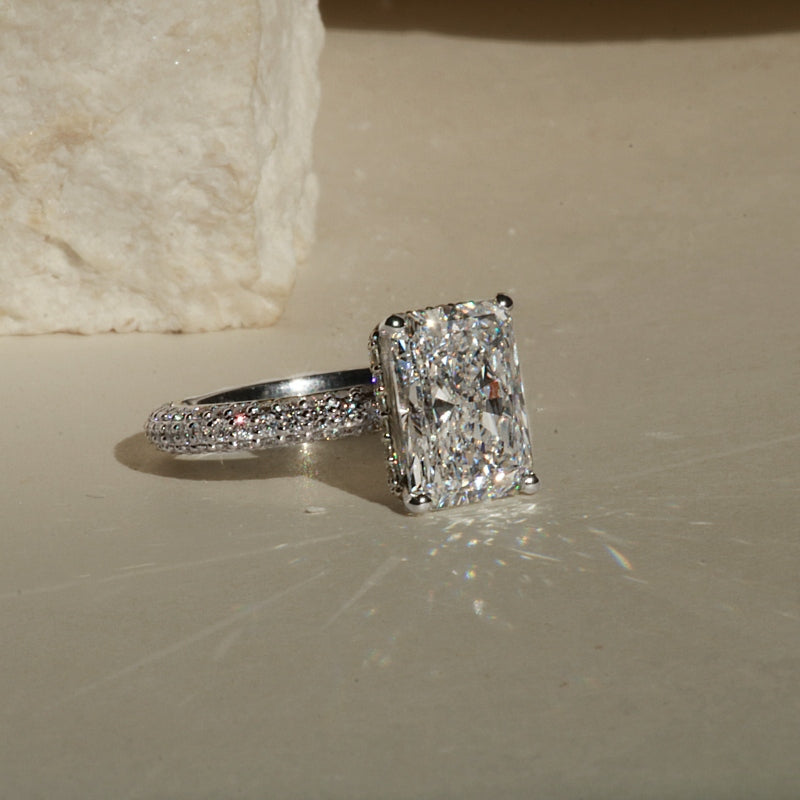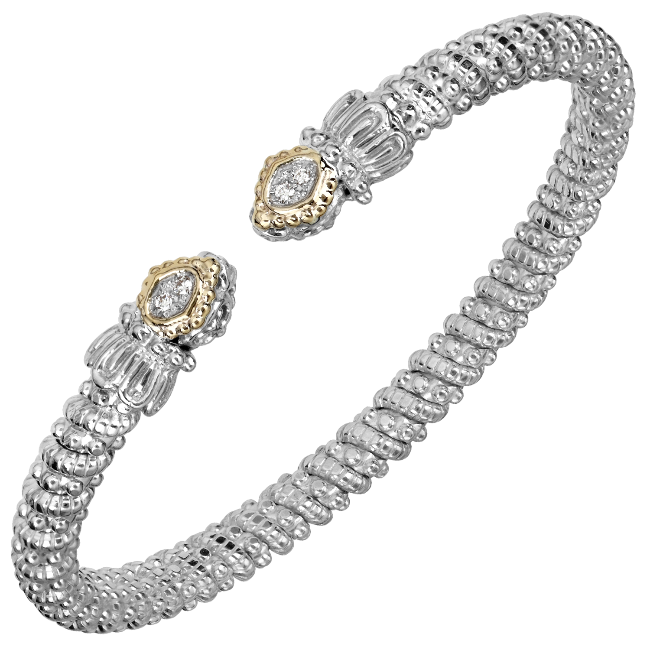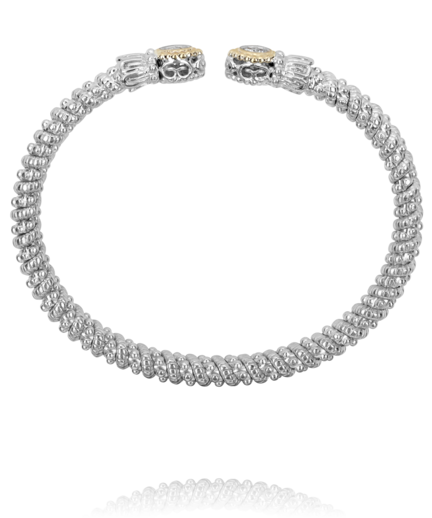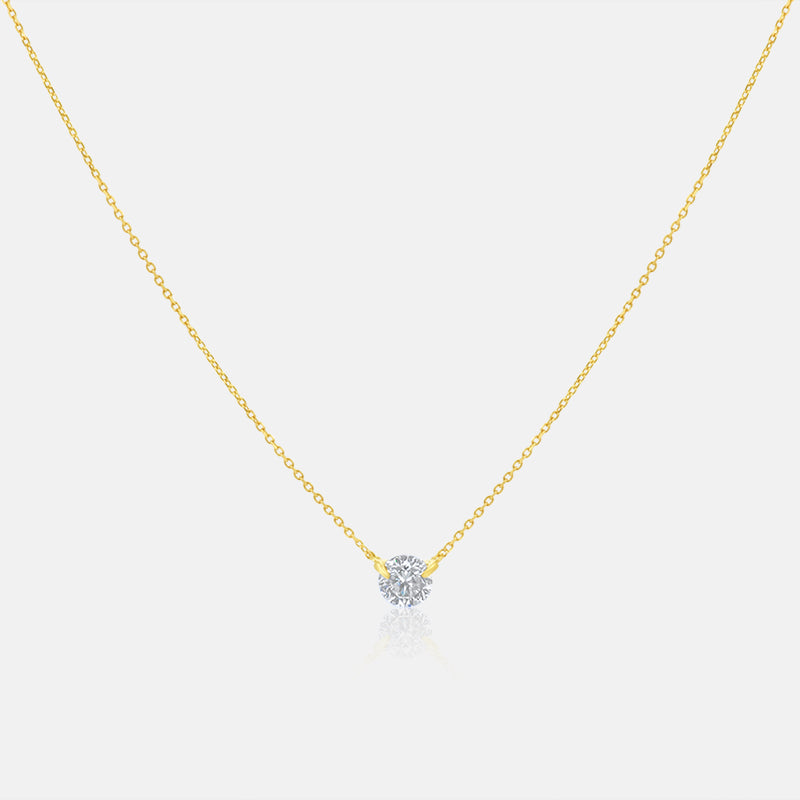Do Lab Grown Diamonds Pass a Diamond Tester? The Shocking Truth Revealed!
If you’ve been eyeing that stunning lab-grown diamond but still have doubts about whether it can fool a diamond tester, you’re not alone. The rise of lab-grown diamonds in engagement rings has stirred up all sorts of questions, with this one topping the list. So, can lab-grown diamonds pass a diamond tester? The short answer: Yes, they absolutely can. But the story doesn’t end there—let’s dive into the details that make these man-made gems so fascinating.
Lab-grown diamonds have been making waves in the jewelry world, offering a more affordable, ethical, and eco-friendly alternative to mined diamonds. But while they look just like their natural diamond counterparts, many people still wonder if they measure up when it comes to authenticity, especially under the scrutiny of a diamond tester. Spoiler alert: They do, and here’s why.
How Do Diamond Testers Work?
To understand why lab-grown diamonds pass a diamond tester, it helps to know a bit about how these devices work. Diamond testers are nifty little gadgets that measure thermal conductivity—basically, how well a stone conducts heat. Real diamonds, known for their unparalleled hardness, are also excellent conductors of heat. When you touch a diamond tester to the stone, the heat is quickly transferred away, triggering the device to confirm that it’s a genuine diamond.
But here’s the kicker: lab-grown diamonds are
chemically and physically identical to natural diamonds. They’re made from the same material—carbon crystallized in a cubic structure. This means they conduct heat just like mined diamonds, making them indistinguishable on a thermal conductivity diamond tester.
Lab-Grown Diamonds vs. Other Gemstones: How Do They Compare
So, lab-grown diamonds pass the diamond tester just like natural diamonds. But what about other popular gemstones? Here’s where it gets interesting. Gemstones like moissanite and cubic zirconia, often used as diamond alternatives, do not pass a diamond tester. Moissanite, while close, has a different thermal conductivity and can fool some testers, but not all.
Cubic zirconia, on the other hand, doesn’t even come close—it fails every time.
The Rise of Lab-Grown Diamonds
Lab-grown diamonds are becoming increasingly popular, and it’s not just because they pass a diamond tester with flying colors. These diamonds offer several benefits that are hard to ignore. For one, they’re typically 20-40% less expensive than natural diamonds, making them an attractive option for anyone looking to maximize their budget without sacrificing quality.
Moreover, lab-grown diamonds are ethically and environmentally friendly. Since they’re created in controlled conditions, there’s no need for mining, which can have a significant environmental impact. Plus, you can be sure your diamond hasn’t been linked to any conflict or unethical labor practices.
Platinum vs. White Gold: Which Is Best for Your Engagement Ring?
When choosing a metal for your engagement ring, many people debate between platinum and white gold. Both metals offer stunning aesthetics but have key differences in durability, maintenance, and price. If you’re trying to decide which is right for you, check out our in-depth comparison here: Platinum vs. White Gold: Which Is Best for Your Engagement Ring?
Conclusion: Lab-Grown Diamonds—Are They the Real Deal?
In conclusion, lab-grown diamonds not only look like natural diamonds, but they also pass a diamond tester with flying colors. Whether you’re in the market for an engagement ring, a pair of earrings, or a statement necklace, lab-grown diamonds offer a dazzling, cost-effective, and ethical option. They’re real diamonds in every sense of the word—just with a modern twist.
If you’re ready to explore the world of lab-grown diamonds, you’ll find stunning pieces that pass every test—literally and figuratively.












